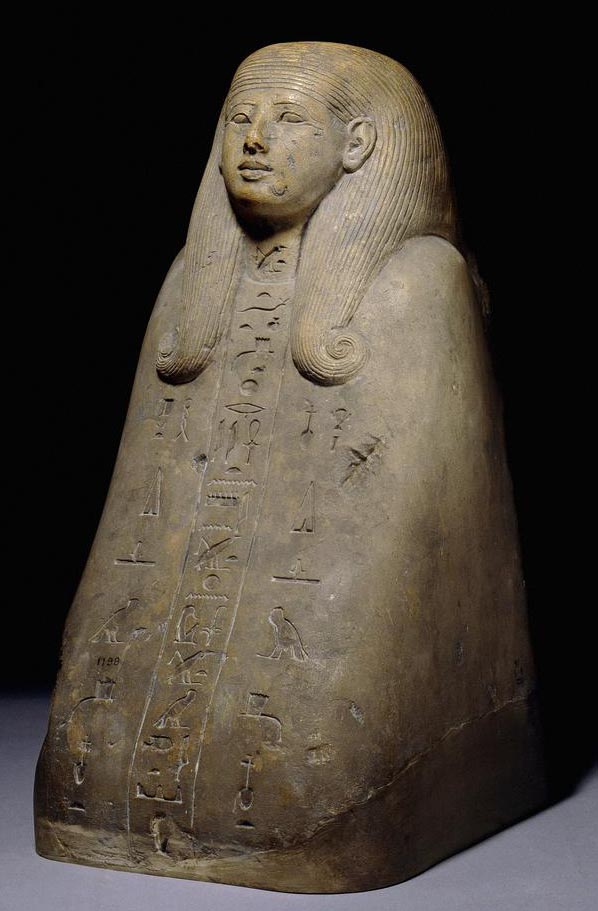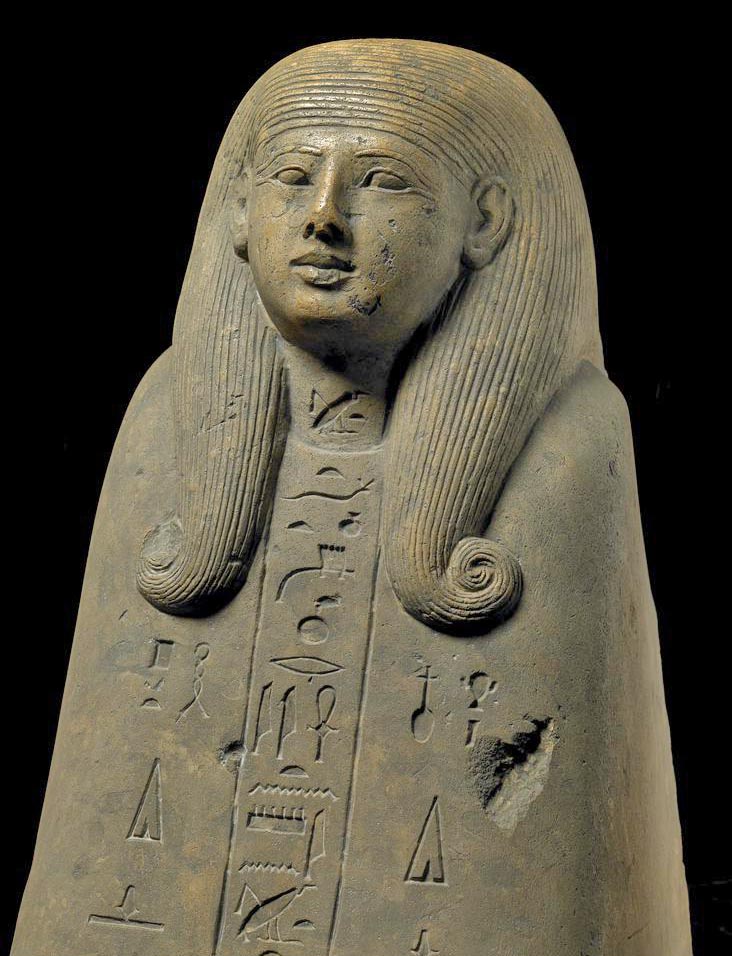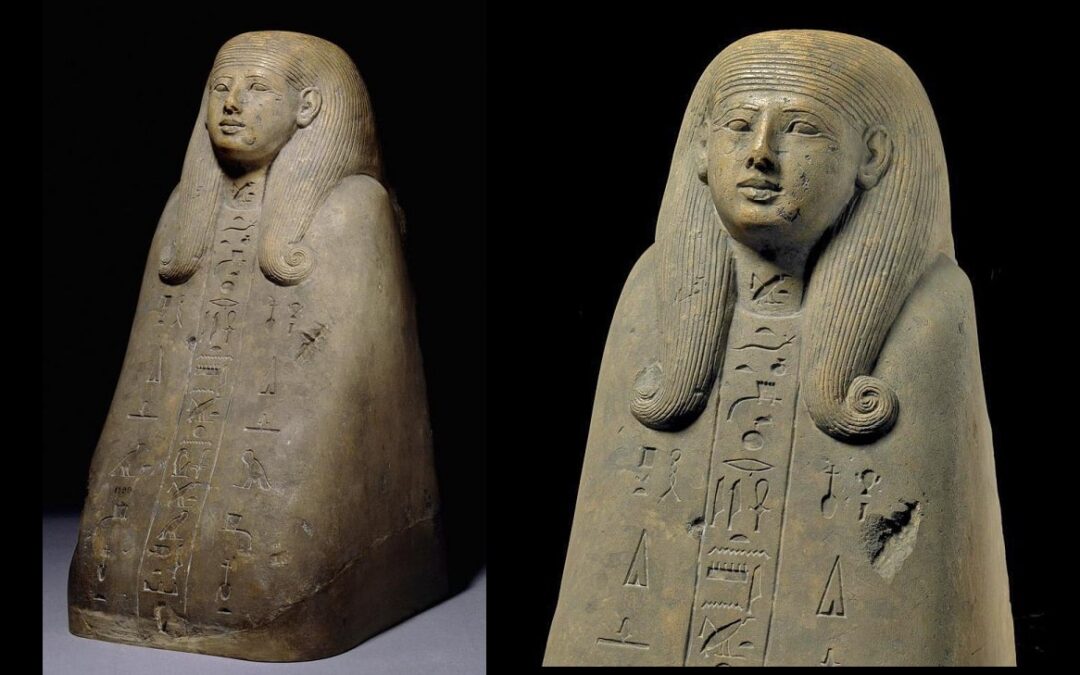The Bust of Muteminet is a sculpture that dates back approximately to the years 1295 BC and 1186 BC, belonging to ancient Egyptian art.
It is worth noting that the year of discovery is unknown, but researchers believe that it could have been found during archaeological excavations carried out in the city of Thebes, located on the eastern bank of the Nile River in Egypt.
In 1897 AD, the Bust of Muteminet was acquired by the British Museum in London, where it became part of its art collection.
Although the Bust of Muteminet is a significant piece of ancient Egyptian art, it is just one example of the many ancestor busts that have been discovered in the region.
Around 150 such busts have been discovered, with most of them being small in stature and composed of various materials such as limestone and clay. The busts were likely used to represent a family’s ancestors, with no need for labelling inscriptions to identify the subject.
Description
It is made of limestone using incision and carving techniques and has a height of 51 cm, a width of 26 cm, and a thickness of 29 cm.
The sculpture represents the bust of Muteminet, who was the mother of the royal scribe Amenmose (also known as Amenmessu) and the wife of Judge Pendkherty.
Muteminet is depicted wearing a fluted wig set low on her forehead, with two long locks falling down the front to frame her face. The ends of the wig end in a spiral, and this type of wig is known as a hathoric wig.
The rounded face features small, well-marked eyes, thin eyebrows, a straight nose, and a small mouth with thick lips. The face is also slightly inclined upwards.
The bust is smooth and flat, with only the upper part of the shoulders visible, and no other indications of a human body, as the lower part has a conoidal shape. The body of the bust is outlined from the upper part of the base by a crest located in the front part of the figure.
Along the front of the bust are three columns of inscriptions in hieroglyphic script, with the central column defined by a border and traces of black paint. Two additional columns of inscription are located on each side and are oriented towards the central inscription.
The inscriptions feature the name of Muteminet, as well as the names of the god Amun (god of creation and heavenly god), the goddess Mut (mother goddess, goddess of the sky, and protective goddess of the city of Thebes), and the god Khonsu, also known as Khons or Khonshu (god of the Moon).
Regarding the state of conservation, it should be emphasized that the Bust of Muteminet is damaged at the base and the rear surface of the stone is badly damaged. Several large chips can be seen on the surface of the stone at the front of the bust, particularly on the left side, and numerous smaller chips and cracks in the face area.
The Bust of Muteminet is currently on display at the British Museum in London, United Kingdom.









